Well-being in the curriculum
21 November 2019
Written by Head of Well-being, Kerry Larby
As part of our whole school well-being goal, many teachers are integrating a well-being context into their curriculum areas. This blog post summarises some of the innovative ways they have done this in 2019:
Year 10 English: The Joy Project
Passionate English teacher, James Jenkinson role models optimism, humour, and emotional intelligence. This year he set a goal to create a project acknowledging the important role that language plays in helping us understand the shared emotions we experience as human beings.
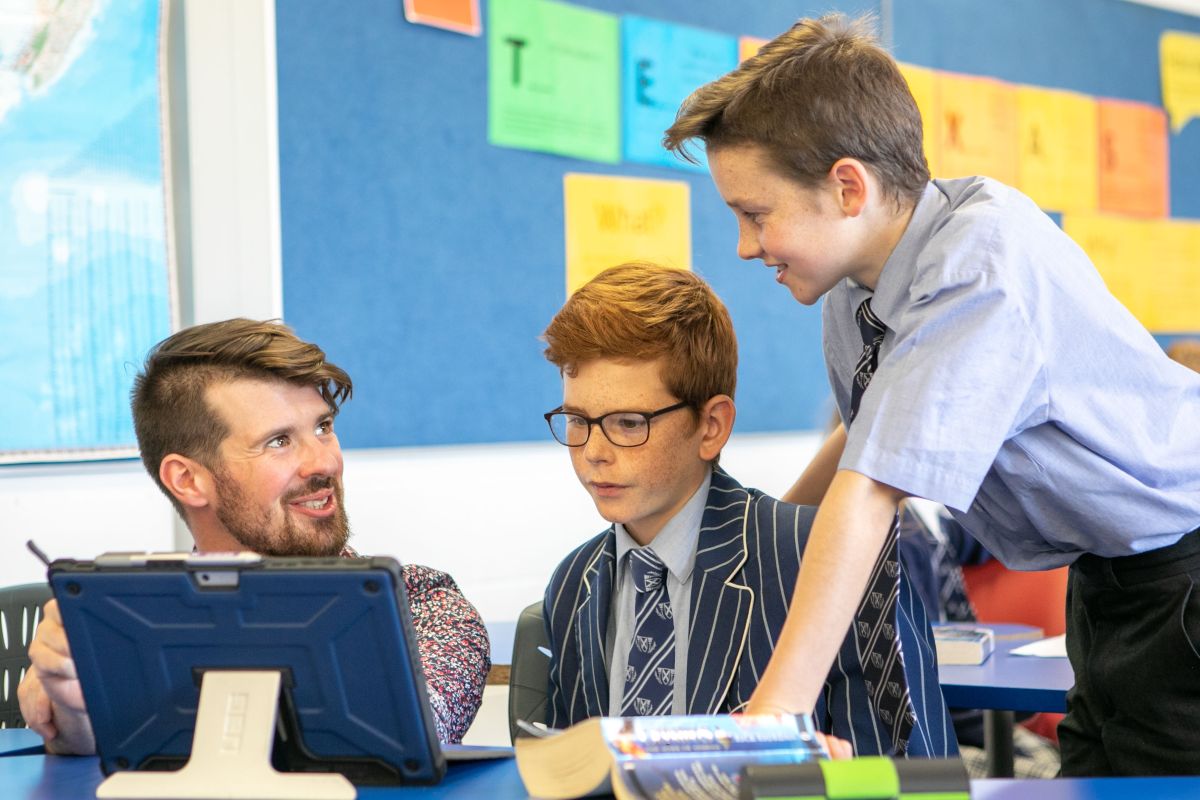
Mr Jenkinson challenged his Year 10 class to think about arguably the most positive emotion we can feel: joy. Inspired by the rich stories told in the blog Humans of New York, Mr Jenkinson encouraged students to interview a person about how they had experienced the emotion of joy in their life. These interviews were driven by one big beautiful question: What brings you joy in life?
The outcome of this project is very special. The task has encouraged students to think about emotions on a much deeper level. Whilst interviewing, they have naturally developed their own emotional literacy.
I urge you to take a read of this example from Mr Jenkinson's lovely project. This beautiful interview was conducted by Year 10 student, Toby Harvie, and is quite simply a joy to read.
Click here to read The Joy Project by Year 10 student, Toby Harvie.
Social Sciences: Overcoming our negativity bias when thinking about our planet
Head of Social Studies, Beka Roest is a strong advocate for cultivating well-being within her subject area. When planning, Ms Roest is conscious that teachers overcome the natural negativity bias that exists when learning about the world. Teachers are encouraged to focus on positive news and to emphasise the change-makers who are using their character strengths to make a positive impact in the world. It is all about giving our social scientists agency in the world.
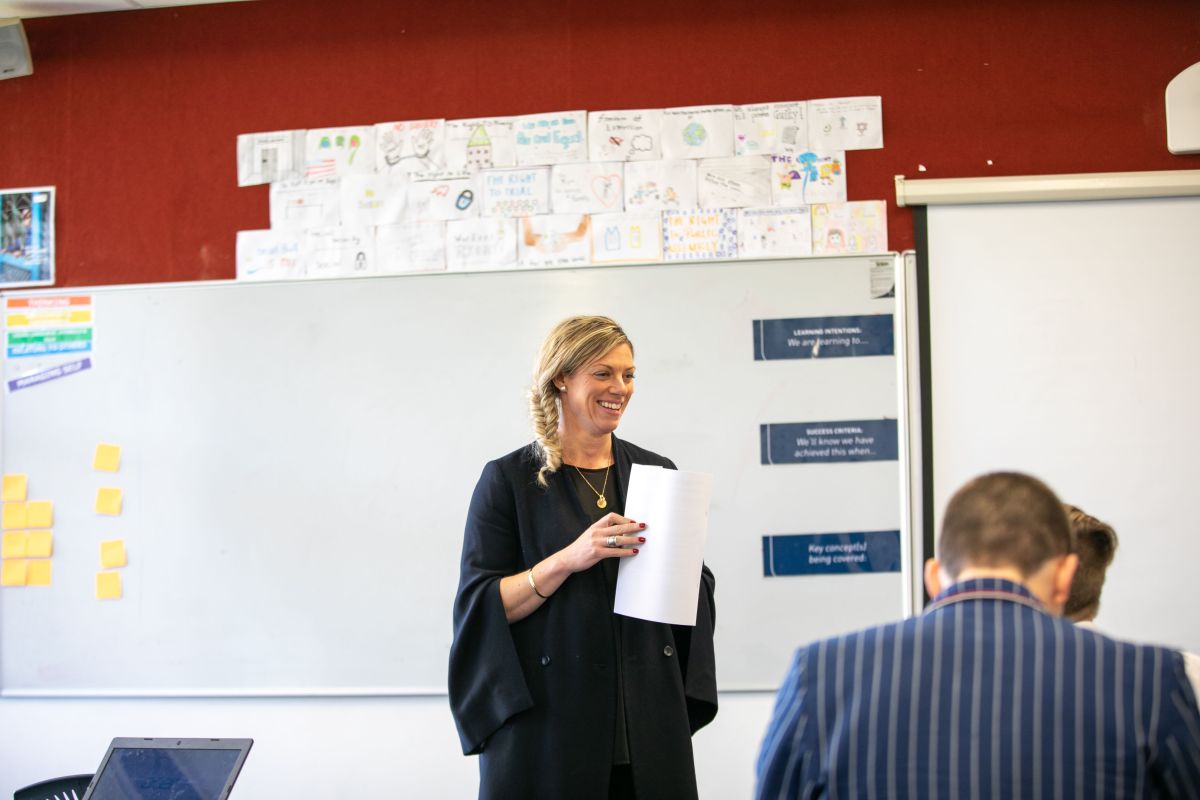
In 2017, Ms Roest travelled to Yad Vashem, The World Holocaust Remembrance Centre, in Israel and developed skills and expertise in delivering sensitive content to students in an emotionally intelligent way. This pedagogical approach involves careful planning and the provision of space for students to articulate the emotional perspectives of people and groups involved in complex issues. Ms Roest has shared this learning with staff and provides guidance on the important role emotions play in the Social Sciences.
This year, Year 9 Social Studies students have considered how well-being is important at a national level. This has involved students broadening their perspective on how development can be measured beyond traditional economic measures. Students have spent time looking at well-being measures such as The Happy Planet Index, World Happiness Report and the Dollar Street database.
Year 9 Digitech: Developing a well-being app
Talented Technology teacher, Justine Lee dedicated a huge amount of time and effort to plan an interesting and relevant project for her Year 9 DigiTech class. Students were challenged to use their coding skills to develop their own interactive well-being app. Mrs Lee decided that she would embed this task within the context of our whole school well-being goal, so students could deepen their understanding of both technology and well-being.
Students were challenged to gain a thorough understanding of the College’s framework for well-being (PERMA-V) and create an educational app that could be used by Year 7–8 students. The finished products were impressive and highlighted that students had thought critically about well-being alongside practicing their coding skills. This creative project was a testament to the careful planning and vision of Mrs Lee.
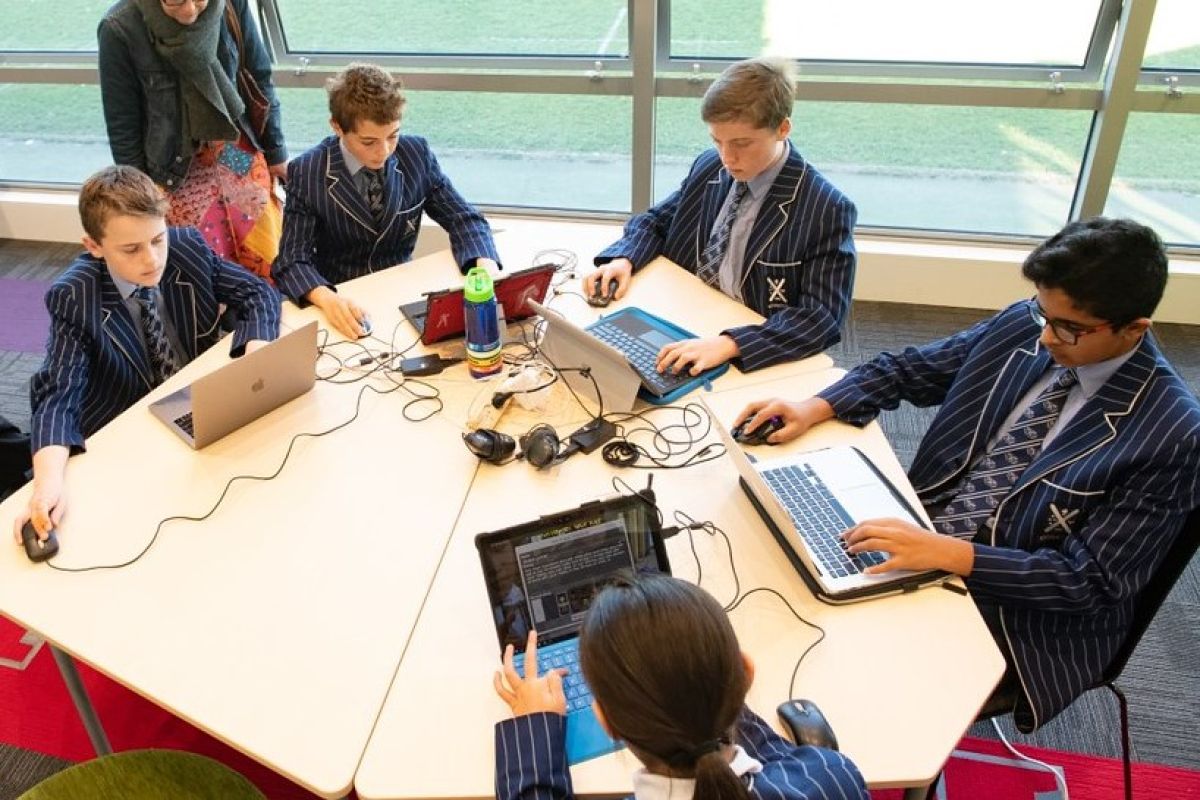
Year 9 Health: Character Strengths and Models of Well-being
This year, there have been some exciting additions to the Year 9 health programme. The course is increasingly focused on introducing students to foundational research on well-being. Students are encouraged to reflect on three key models that explain well-being as a multidimensional concept (PERMA-V, Five Ways to Well-being, Mason Durie’s Te Whare Tapa Wha).
After this, they are introduced to the Values in Action (VIA) taxonomy of character strengths, developed by Martin Seligman and Chris Peterson. This is a scientifically validated framework describing universal human virtues and character strengths. The course enables students to identify their own character strengths and develop an awareness of the character strengths of others. Health teachers give students an opportunity to consider the different ways they can use their character strengths to cultivate well-being in their lives. You can read more about how we have defined each of the character strengths at St Andrew's College here.
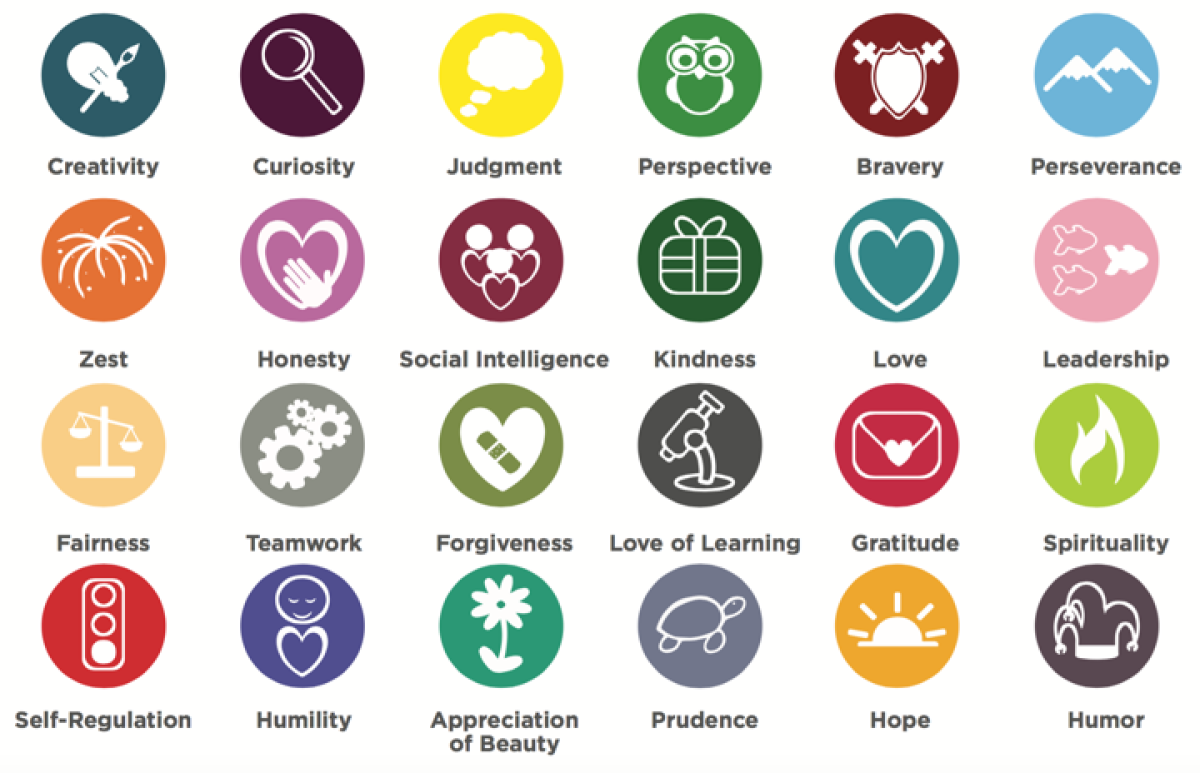
Year 9 Dean, Donna Jones, has worked collaboratively with the Health and Physical Education department to curate a database listing all Year 9 student's top five character strengths. After review, Ms Jones was able to conclude that the most prevalent character strengths for her year group were gratitude, humour, love, creativity, and teamwork. This database has been shared with Year 9 tutor teachers so they can better understand the constellation of character strengths that make up their tutor groups. Tutors have created visual presentations in their classrooms and will continue to deepen student understanding of character strengths as they progress through St Andrew’s. I loved the presentation and visual reminder that 9JGI created with their tutor, Ms Gilbert. You can read about why we believe an understanding of character strengths is important for our young people here.
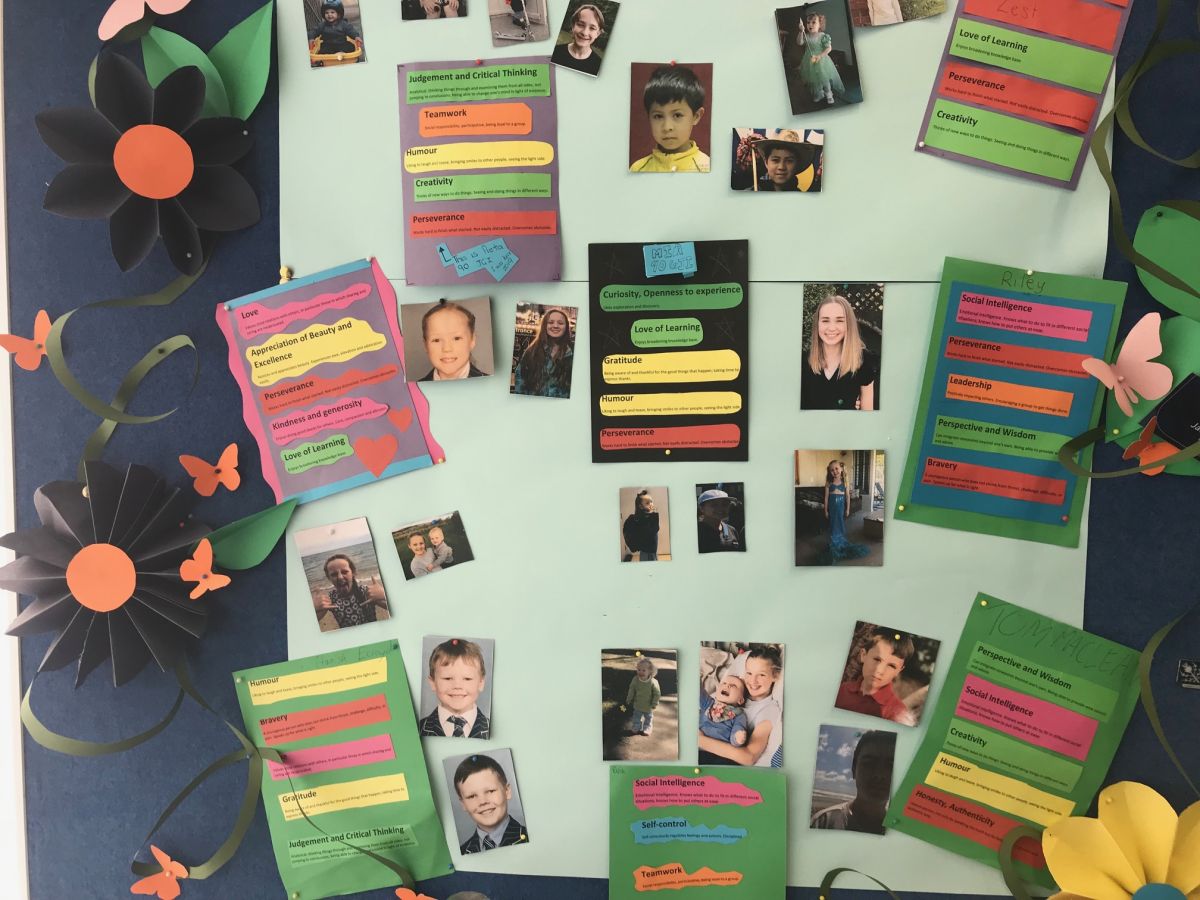
In 2020, alongside continued cultural change, St Andrew's College teachers will be encouraged to think creatively about ways to incorporate a well-being context within their curriculum areas. Research related to neuroscience, emotions and human potential provides some exciting scope for our forward-thinking and innovative teachers to explore.
Related Posts


